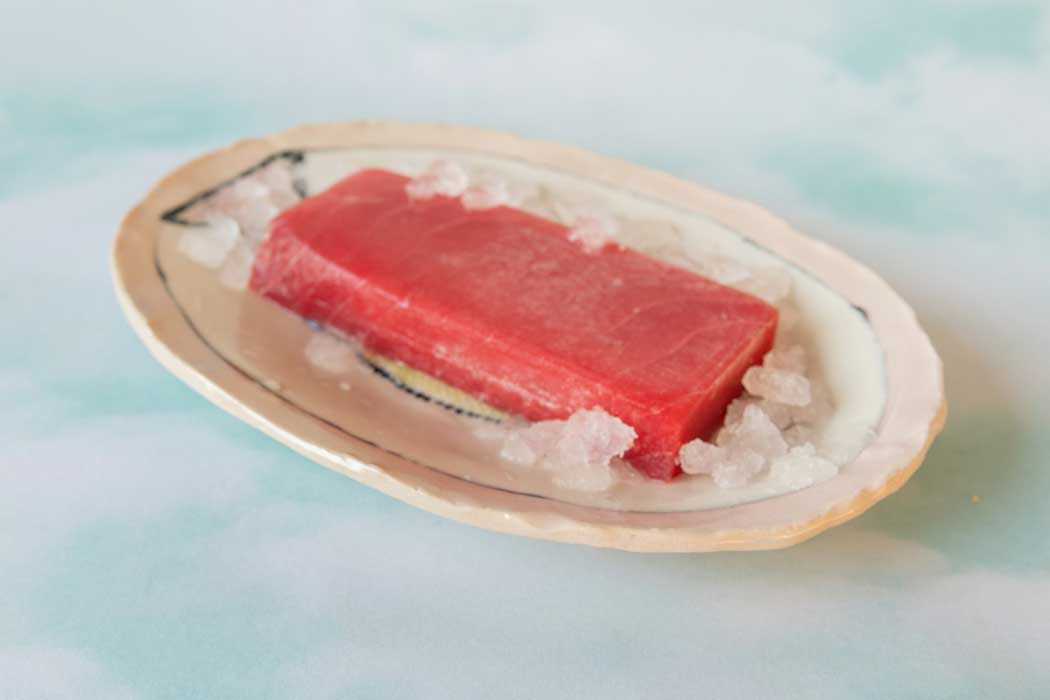
Sashimi Quality Fish
Share
Sashimi is a Japanese style of eating raw pieces of fish. There is an underlying assumption that this fish should be safe to eat! So lets understand what makes raw fish safe to eat.
What is Sashimi?
Sashimi is a traditional Japanese dish that can be traced back centuries and it basically consists of thin slices of fresh raw seafood that are often accompanied by soy sauce and different condiments such as wasabi, ginger or garlic, just to mention a few. Some motivation to serve it with wasabi is because it could kill harmful bacteria and parasites that could be present in raw seafood, could mask any fishy flavors, or because its yummy.
Sashimi is the same as sushi?
No, sashimi is usually confused with sushi. Sushi is made with rice, vegetables and seafood. Its typically held together with seafood sheets called nori, or yakinori, and in the form of a hand roll called temaki or rolled and cut into pieces called maki. Try to not get confused with the names.
What varieties of seafood can be served as sashimi?
Since there’s a lot of seafood that can be served as sashimi we will mention just the most popular ones. Typically, sashimi is made of tuna, salmon and scallops. Some other types, not quite as popular, are mackerel, squid, octopus, clam and shrimp. There are hundreds of types of fish that can be eaten raw so this list doesn’t do much justice.
But here comes the complicated part
A lot of people struggle to find fresh seafood that can be considered sashimi-grade. Even those with access to great fish markets. Yeah, availability is an issue. That’s why we may notice huge price discrepancies between restaurants or fish markets.
Risks?
There are some risks, yeah. After all, we are talking about raw seafood. There are a lot of regulations around selling raw food but at the end of the day, you should understand that nothing is perfect and there is always a risk of food poisoning. So, please be careful.
Our Recommendation
Most Japanese restaurants will be reputable. Afterall, some bad reviews about people getting sick could very much hurt their business.True sushi chefs understand the risks and take food safety VERY seriously.
Same with your fishmonger at the fish market. Ask them if you’re unsure what is sashimi grade.
Remember that looks can be deceiving, but you can usually trust your nose because a good and clean fish market should never smell off or fishy.
And get this: fresh fish doesn’t smell! If it does, its not fresh!
Fish should smell more like a clean, marine smell, with no odours. If you smell or sense ANY ammonia smell, back off. This could make you or your loved ones extremely ill. It would need to be incredibly old to sense ammonia.
If the fish is whole, you can look at the eyes, gills, and sometimes even the fish slime. The eyes should look clear, lively and bright, not murky or glassy or turning red.
The meat should be firm to touch and regain its original shape if you touch it.
Keep your fish cold once you get it and eat it the same day you buy it!
Failing to do so can have a huge impact on the overall quality and, most importantly, the safety in eating that fish.
Most fishmongers will give you ice for free if you ask, so this should be easy. 2 hours at room temperature is the food safety rule of thumb. Any more than that and you should get some ice.
So there you go, you’ve learned about some of the different types of sashimi and now it’s time to get tasting.
Leave us a comment if you want to know more about Sashimi and / or recipe ideas.
